The global environmental crisis
Our planet has been impacted by several natural and anthropogenic factors that are taking a heavy toll on our lives and livelihoods. Unfortunately, we are not aware of such significant negative changes that are happening around us. We are only paying attention to our immediate pressing issues and not putting enough emphasis on long term sustainability issues that are slowly engulfing us without us even knowing it. One such sustainability issue that is shaping our lives and future decisions across the globe is the alarming decline of several bee populations in both our northern and southern hemispheres (Fig 1).
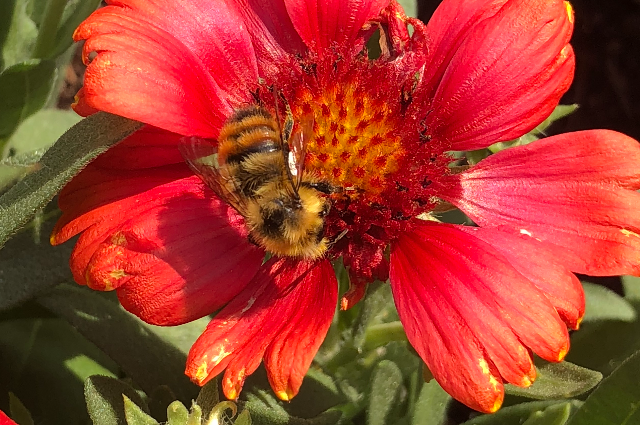
Fig 1: Bee populations are showing alarming decline across the planet. Photo credit: Saikat Kumar Basu
Why are bees important as pollinators for our ecosystem?
Why should we be concerned about bees? To a layman they are just bunch of buzzing insects moving from flower to flower in our gardens. But the reality is somewhat quite the opposite. Bees (both honey bees and native bees) around the planet are involved in the cross pollination of over 85% of global flowering plants (Fig. 2); and a vast number of them are agricultural crops and forest trees. Without these natural pollinators there is very little or no opportunity left for such plants to achieve sexual reproduction. They are thus dependent on such highly effective natural (biological) pollinators for efficiently transferring the pollen from one flower to the stigma of another flower to achieve sexual reproduction. Without the act of cross pollination; our food, forage, ornamentals, vegetables, industrial, medicinal and other commercial crops will fail to survive and unable to produce fruits and seeds for their next generation.
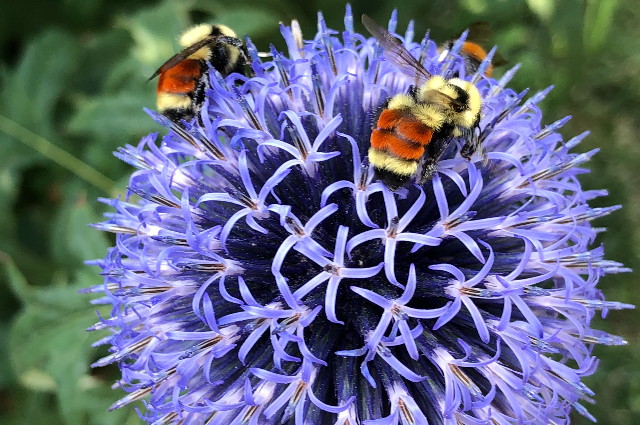
Fig 2: Bees are responsible for the cross pollination of over 85% of global flowering plants. Photo credit: Saikat Kumar Basu
This is directly related to global food security and hence a very important aspect of natural ecosystem management. Furthermore, bees are essential for three major global industries, namely - agriculture, forestry and apiculture (bee keeping). Several millions of people across the globe are associated with agriculture and forestry as source of their primary livelihood and sustenance. Hence any fall out in these sectors would mean a catastrophic economic impact on all the communities involved and destabilize our socio-economic security.
Why are the bees declining across the globe in such an alarming rate?
It is quite interesting to note that why are bees dying out at such large numbers around the globe. The reason lies within our society and economic development. We are over applying several toxic pesticides to boost our agricultural crop production by killing several harmful insect pests. Unfortunately these chemicals are also targeting farmer-friendly insect species like bees and other insect pollinators; but, the honey bees and native bees are worst impacted (Fig 3). Honey bee colonies are replaceable (though expensive) by the bee keepers raising them. But wild (native) bees are not harvested and are hence being widely decimated in the process. Many such native bees actually nest underneath the soil instead of producing hives.
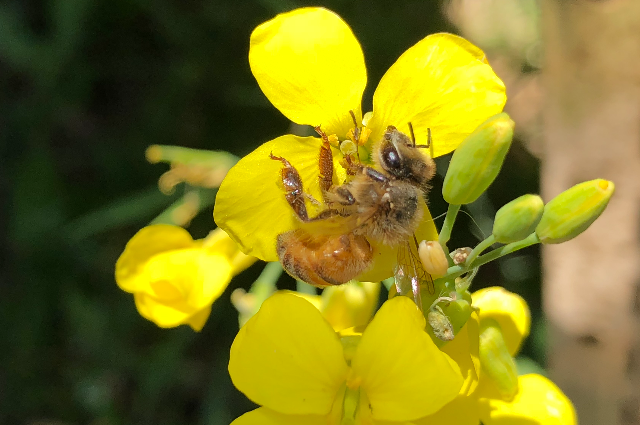
Fig 3: The over application of toxic pesticides in agriculture is the major factor behind the rapid decline of global bee populations. Photo credit: Saikat Kumar Basu.
Therefore rain and irrigation water carrying residual toxic chemicals left on the field are being drained into their colonies wiping them out. It has been estimated that 95-98% percent of bee populations among various native bee species have either died out or are at the verge of extinction (Fig 4). Furthermore, there has been an increase in various bee parasitic diseases due to new resistant strains developing as a result of over application of chemical fumigants in artificial bee boxes. In addition Colony Collapse Disorder (CCD), poor immunity levels in bees due to loss of their preferred vegetation, change in the patterns of agri-land use as well as Global Warming and Climate Change together with rising levels of pollutants in the environment are also responsible for repaid decline in global bee populations.
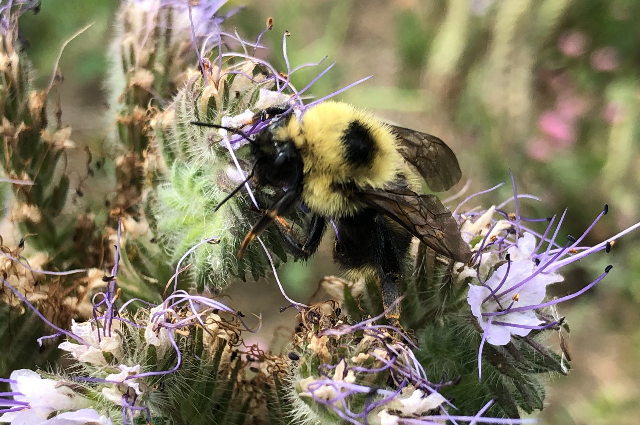
How can we conserve or protect vulnerable bee populations?
Now the most important question is what could we do to save the friendly bees? Well several countries are already showing positive impacts by making some long term changes. Moving into organic agricultural practices removes the use of toxic synthetic pesticides and fertilizers from the system providing potential relief for natural pollinators like bees. Some farmers are adapting to eco-friendly approaches by spraying at night. Bright sunny days with low wind speed are suitable for chemical sprays; but these are the days bees are also attracted to droop fields in huge numbers. By changing spraying time and adjusting the concentration of chemicals by keeping them under their corresponding threshold values has been effective in reducing bee deaths. In some countries like Netherlands, by converting the roof of the bus shades into bee gardens; has resulted in revival of local bee populations.
In Canada and USA a new concepts for strategic management of bee populations by establishing low cost, low maintenance Pollinator Sanctuaries is becoming increasingly popular (Fig. 5). Pollinator Sanctuaries are composed of unique seed mixes of different local annual, biennial and perennial crop plants and wild flowers. The seed mixes are different for every agro-climatic region since locally adapted cultivars produce best results. The flowering period of these seed mixes being different for every species included in the mix, as they do not flower simultaneously but one after another throughout the growing season. This helps in extending the bee foraging period. Furthermore, since 10-15 different plant species are being used they are also promoting better soil health.
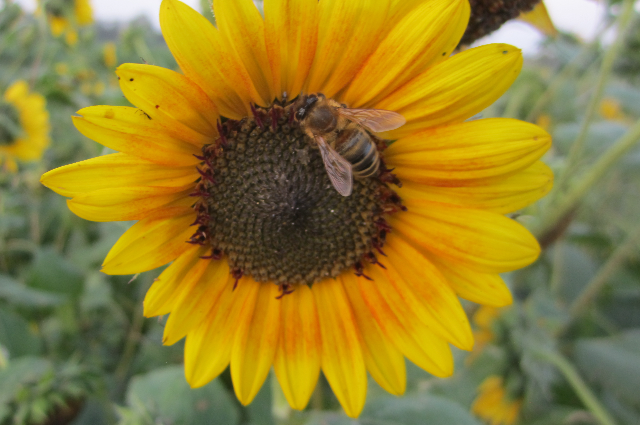
Fig. 5: Pollinator Sanctuaries have become an increasingly popular bee conservation initiative due to its’ low cost and low maintenance needs; while attracting local pollinator insects in large numbers. Photo credit: Saikat Kumar Basu.
This system being totally organic with no chemicals are being sprayed attracts bees, other insects, birds, butterflies, moths, flies, beetles, raptors, aquatic birds, small reptiles, amphibians and mammals thereby increasing the local biodiversity (Fig. 6). These sanctuaries could be easily established in agronomically unproductive land, hard to access parts of farms along farm perimeter or shelter belts or fringes of forest or adjacent to water bodies. Within cities Pollinator Sanctuaries could be established in parks, gardens, lawns, boulevards, golf courses, and around housing complex or apartment buildings. Simply, Pollinator Sanctuaries can be established anywhere providing some open land spaces in both urban and rural areas.
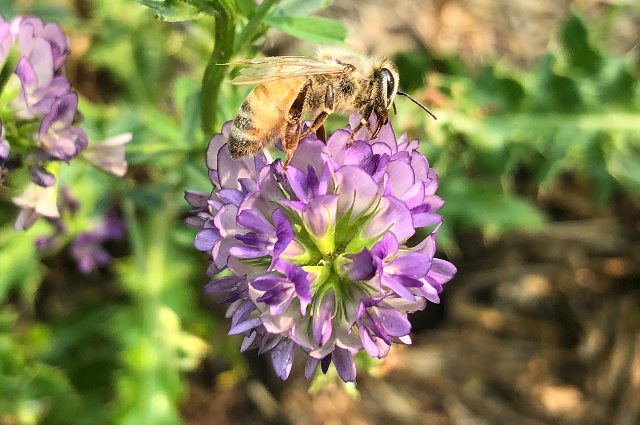
Fig. 6: Pollinator Sanctuaries have not only been found to attract diverse species of local pollinator insects like honey bees and native bees in very large numbers; but they have been contributing significantly towards protecting and enriching local biodiversity. Photo credit: Saikat Kumar Basu
Food for Thought
Thus in conclusion I want to emphasize once again that our bee populations are showing alarming decline and hence need our immediate attention for their long term sustenance. This will need strong political will and determination from the local governments to work actively on curbing the indiscriminate over application of pesticides and slowly shift towards sustainable and eco-friendly agricultural practices. We need to realize that we have to join our resources and efforts at the global scale to continue our fight for ‘Saving the Bees’ (Fig. 7). Without the bees humanity has very little opportunity to survive in this planet.
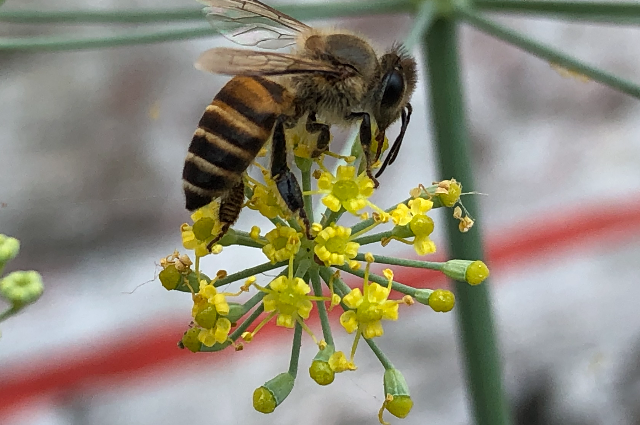
Fig 7. Save the Bees: The new big global campaign to protect and conserve honey bees and native bees to secure the future of our planet and humanity. Photo credit: Saikat Kumar Basu
